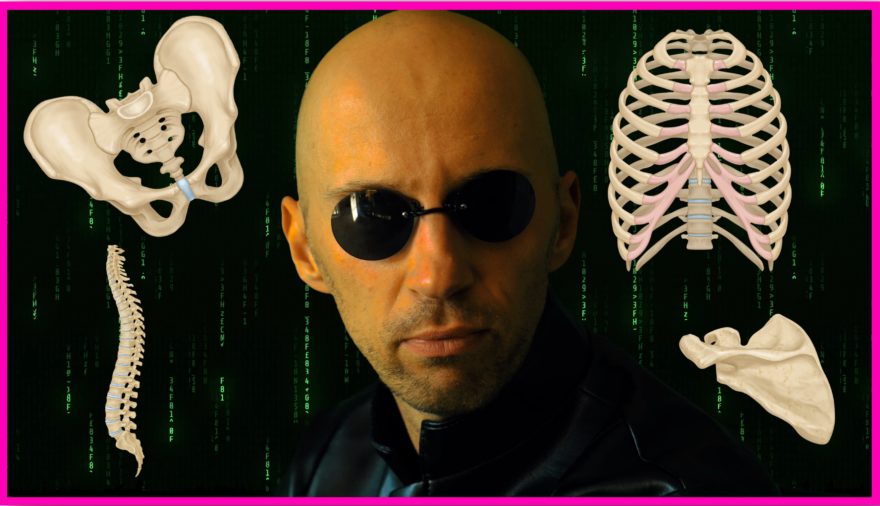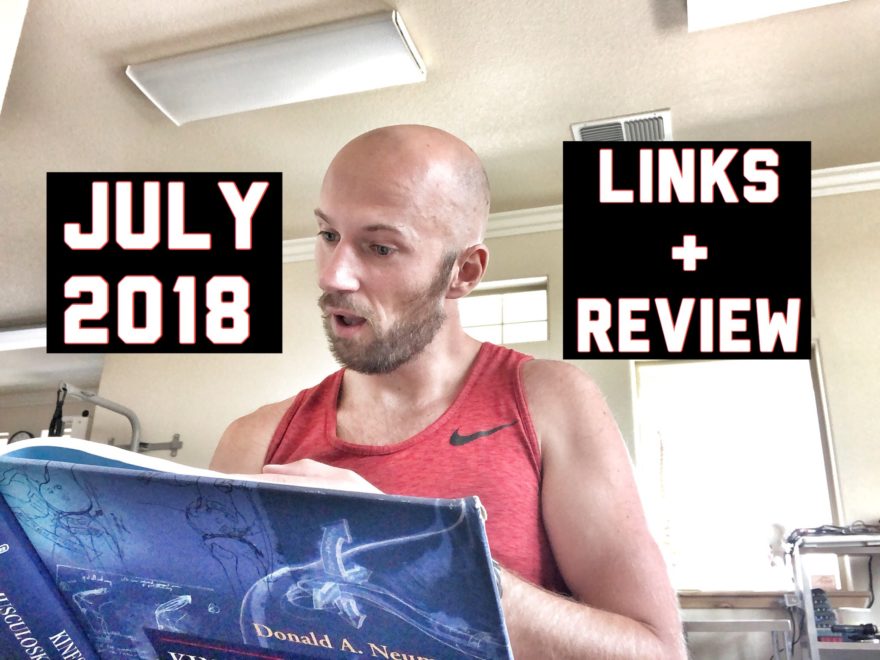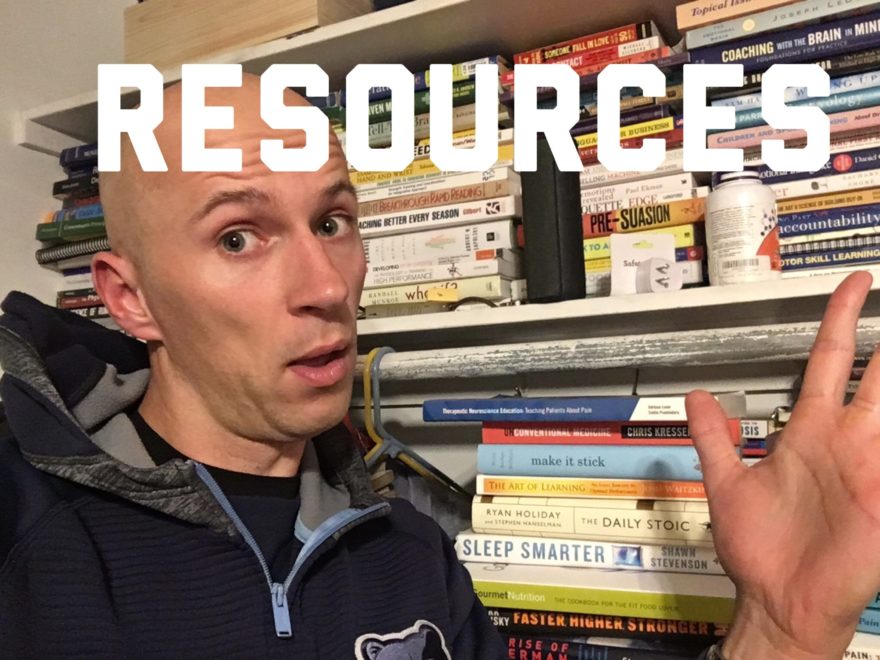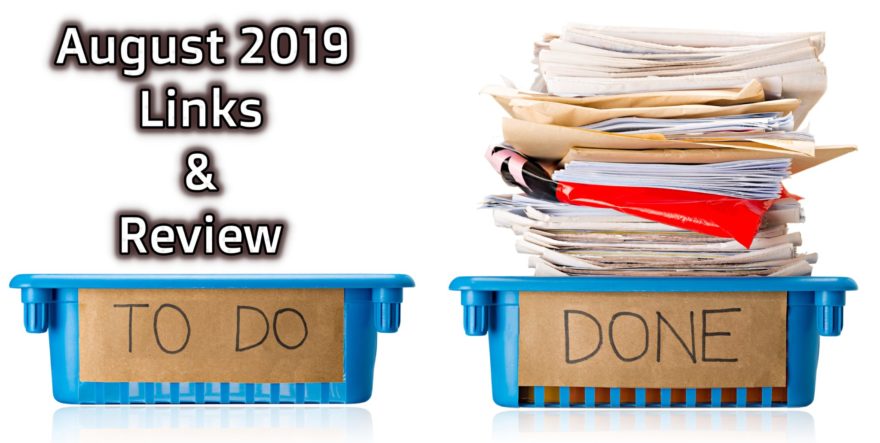Tag: kinesiology

The Best Free Course to Learn Advanced Biomechanics
Struggling with all the confusing breathing stuff on the internet? Learning biomechanics can be so tough because EVERYONE uses confusing…

July 2018 Links and Review
Every week, my newsletter subscribers get links to some of the goodies that I’ve come across on the internets. Here…

Recommended Resources
I oftentimes get asked what resources I recommend. The resources listed below have been essential at putting me down the…
Chapter 2.1: Dynamic Neuromuscular Stabilization: Developmental Kinesiology: Breathing Stereotypes and Postural Locomotion Function
This is a chapter 2.1 summary of “Recognizing and Treating Breathing Disorders” by Leon Chaitow. You’re Writing About DNS???!!??! Yes,…
Course Notes: DNS Summit
Why? In my short time out I have gotten heavily into the influence that breathing has on the nervous system.…

